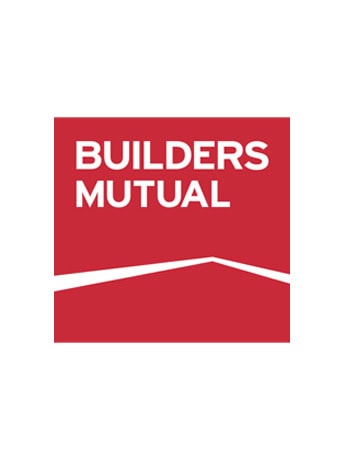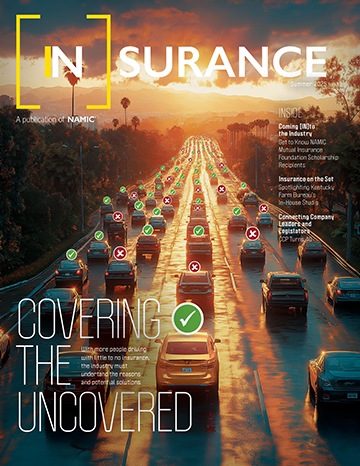2025 Mutual Factor Midyear Update
The Mutual Factor Report, which launched in 2018, has become a highly anticipated staple for NAMIC members. The Mutual Factor…
IN Magazine – Summer 2025
You’ve reached members-only content. If your company is a NAMIC member and you’re a NAMIC.org registered user, please make sure…
Big Data, Artificial Intelligence, and Risk-Based Pricing: Dispelling Five Common Myths
A myth is consistently defined as an unfounded or false notion. Myths have captured humanity and been prevalent in societies…





